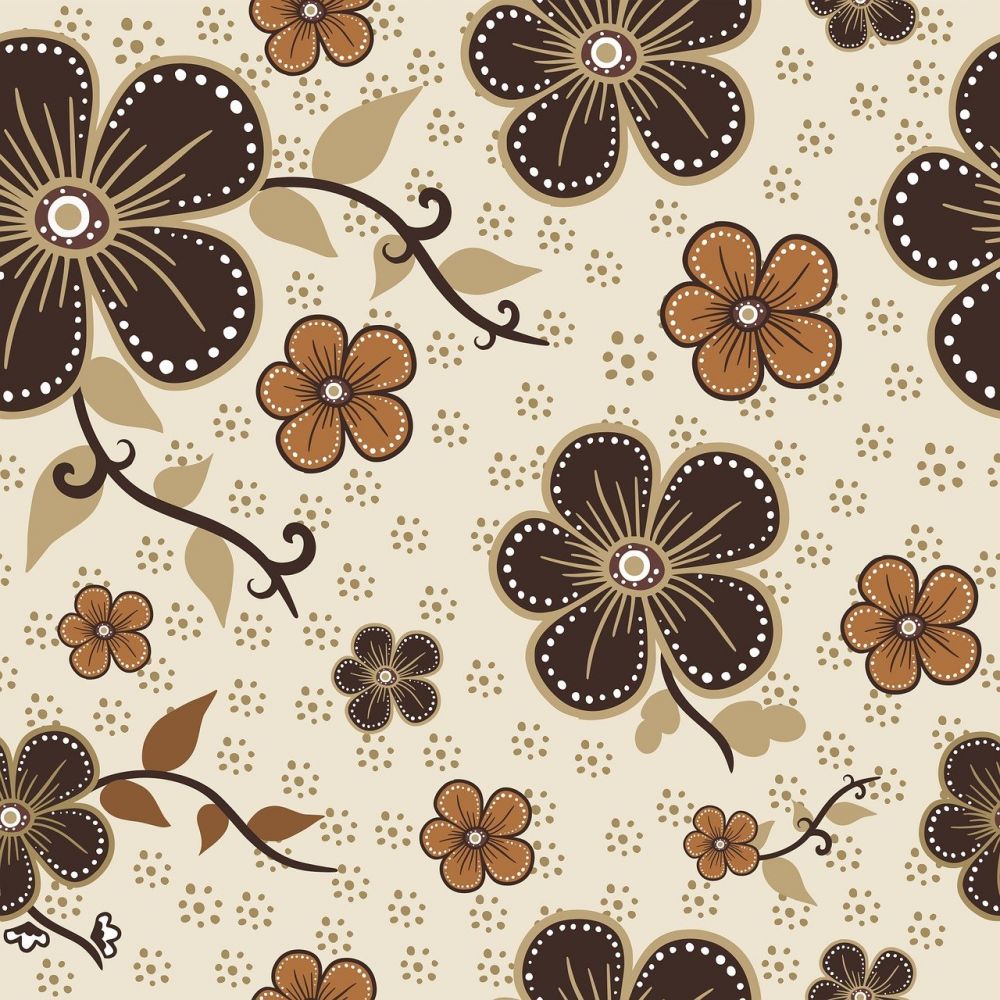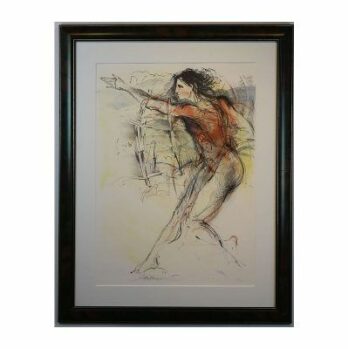Scandinavian Design: The Timeless Elegance of Simplicity

Introduction:
Scandinavian design has long been celebrated for its minimalistic and functional approach, capturing the essence of simplicity and elegance. It is a design movement that originated in the Nordic countries of Denmark, Finland, Iceland, Norway, and Sweden during the 1950s. This article aims to provide a comprehensive overview of Scandinavian design, exploring its various types, popularity, distinguishing features, historical context, and quantitative measurements, while highlighting its strengths and weaknesses.
1. An Overview of Scandinavian Design:

Scandinavian design is characterized by its clean lines, understated elegance, and functionalism. It focuses on creating simple, well-crafted designs that are both aesthetically pleasing and practical. The movement emerged as a response to the ornate and elaborate styles of the early 20th century, offering a more minimalist and democratic approach.
2. Comprehensive Presentation of Scandinavian Design:
2.1 Types of Scandinavian Design:
Scandinavian design encompasses various forms such as furniture, textiles, lighting, ceramics, and architecture. Each type captures the essence of simplicity, functionality, and natural materials, with prominent designers like Arne Jacobsen, Alvar Aalto, and Hans Wegner shaping the movement.
2.2 Popular Scandinavian Design Trends:
Among the popular trends within Scandinavian design are the use of neutral color palettes, emphasis on light and spaciousness, incorporation of natural elements such as wood and stone, and a focus on sustainability. These trends resonate with the modern-day sensibilities of individuals seeking a harmonious and clutter-free living environment.
3. Quantitative Measurements of Scandinavian Design:
Quantitative measurements play a crucial role in understanding the impact and popularity of Scandinavian design. Statistical data on product sales, market share, and customer satisfaction can provide valuable insights into the success of this design movement. Furthermore, consumer surveys and trend analyses can shed light on the preferences and demands of the target audience.
4. Distinguishing Different Styles of Scandinavian Design:
While Scandinavian design shares common characteristics, it is important to recognize its regional variations and individual interpretations. Danish design, for instance, often focuses on functionalism and organic shapes, while Swedish design leans towards simplicity and lightness. Finnish design often emphasizes nature and sustainability, while Norwegian design draws inspiration from the rugged landscapes and cultural heritage.
5. Historical Analysis of the Pros and Cons of Scandinavian Design:
5.1 The Advantages of Scandinavian Design:
Scandinavian design offers several advantages, such as timeless aesthetics, practicality, and versatility. Its focus on functionality ensures that the designs stand the test of time, while the minimalist approach makes them suitable for various interior styles. Scandinavian design also promotes sustainability, using natural materials, and prioritizing eco-friendly manufacturing processes.
5.2 The Limitations of Scandinavian Design:
However, Scandinavian design is not without its limitations. Some critics argue that its simplicity can sometimes veer towards minimalism, making it feel sterile or cold. Additionally, the high-quality craftsmanship and natural materials often associated with Scandinavian design can make it more expensive than alternatives. It is important to strike a balance between functionality and individual expression.
Conclusion:
Scandinavian design continues to captivate individuals worldwide with its timeless elegance, simplicity, and functionality. Its influence can be felt in various aspects of our lives, from furniture to architecture. This comprehensive overview has provided a deeper understanding of Scandinavian design, including its types, popularity, quantitative measurements, regional variations, and historical context. By embracing the principles of Scandinavian design, individuals can create harmonious and inviting spaces that stand the test of time and reflect their personal style.
(Note: The placement of the video clip will be determined based on the content and context of the article.)











